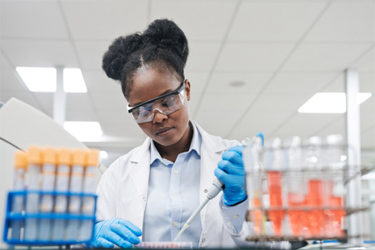Reimagining Viral Vector Production: The Potential Of Intensified Scalable Adherent Cell Culture - Part 2
By Junwei Sun, Co-founder and Advisor, Dr. Lucia Fernandez, Head of Process Development & Manufacturing, and Matthew Ercolino, Principal Scientist, VintaBio

Viral vector production for cell and gene therapies has historically relied on suspension culture. However, this approach has inherent limitations, including scalability challenges, high costs, and potential product quality issues. In this discussion, industry experts from VintaBio explore the potential of intensified, scalable adherent cell culture as a more viable alternative.
Suspension culture often faces reduced productivity due to suboptimal cell growth conditions, leading to increased impurities and the need for expensive supplements. In contrast, adherent cell culture provides a more physiologically relevant environment for viral vector production, potentially resulting in higher titers and reduced downstream processing costs.
While adherent culture has traditionally been associated with scale-out limitations, recent advancements in fixed bed bioreactors and automation have made it a more attractive option. By leveraging these technologies, VintaBio has achieved significant increases in productivity and reduced the footprint of viral vector manufacturing.
Considering the limitations of traditional suspension culture, it is imperative to explore alternative approaches for viral vector production. Intensified adherent cell culture offers a promising solution, with the potential to improve efficiency, reduce costs, and ultimately accelerate the development of cell and gene therapies.
Get unlimited access to:
Enter your credentials below to log in. Not yet a member of Bioprocess Online? Subscribe today.
